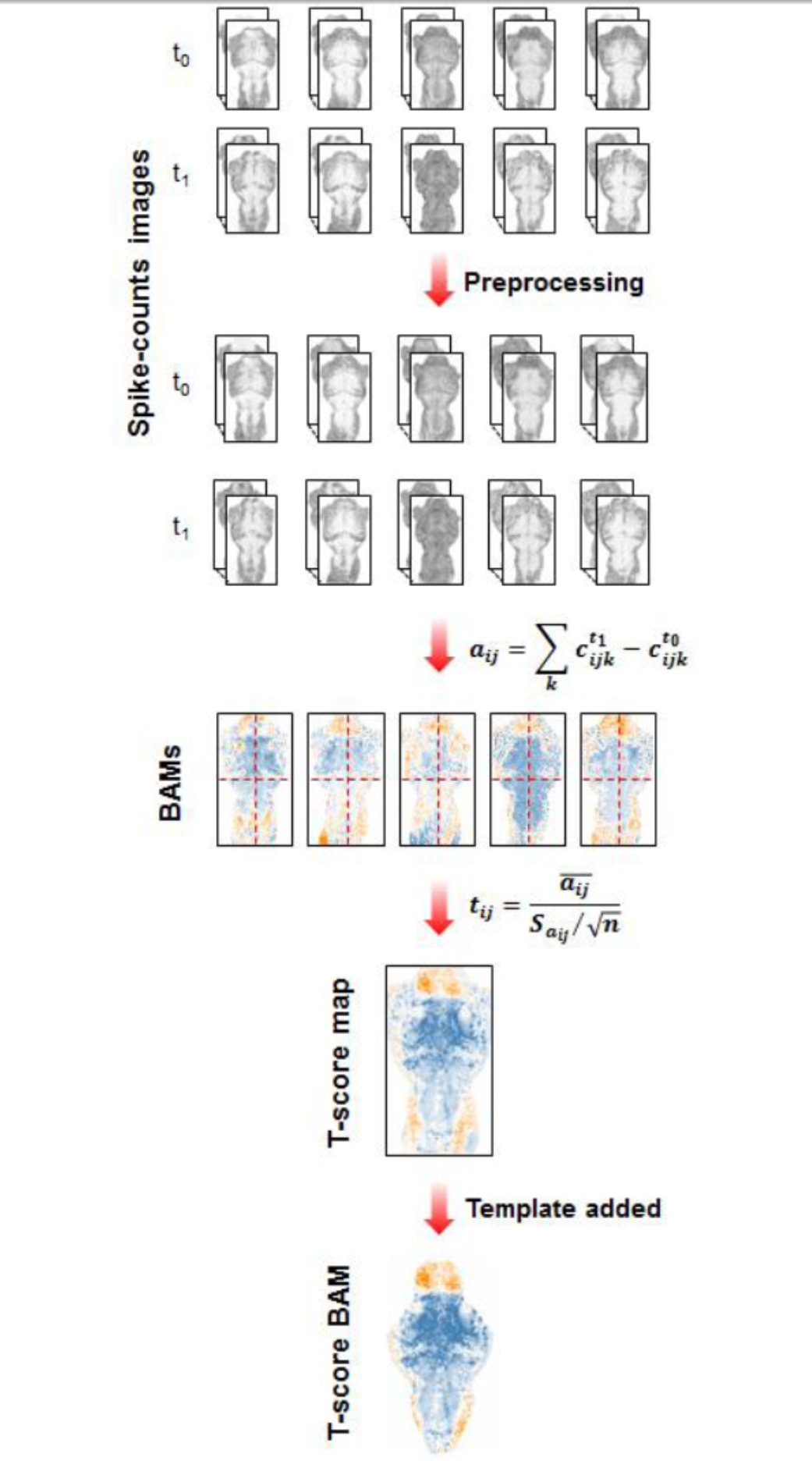May 331, 3118

Authors
Nature Communications 2018, doi:https://doi.org/10.1038/s41467-018-07289-5
Abstract
Technologies for mapping the spatial and temporal patterns of neural activity have advanced our understanding of brain function in both health and disease. An important application of these technologies is the discovery of next-generation neurotherapeutics for neurological and psychiatric disorders.
Here, we describe an in vivo drug screening strategy that combines high-throughput technology to generate large-scale brain activity maps (BAMs) with machine learning for predictive analysis. This platform enables evaluation of compounds’ mechanisms of action and potential therapeutic uses based on information-rich BAMs derived from drug-treated zebrafish larvae. From a screen of clinically used drugs, we found intrinsically coherent drug clusters that are associated with known therapeutic categories.
Using BAM-based clusters as a functional classifier, we identify anti-seizure-like drug leads from non-clinical compounds and validate their therapeutic effects in the pentylenetetrazole zebrafish seizure model. Collectively, this study provides a framework to advance the field of systems neuropharmacology.
Keywords
Systems Neuropharmacology, Machine Learning, High-throughput Brain Activity

